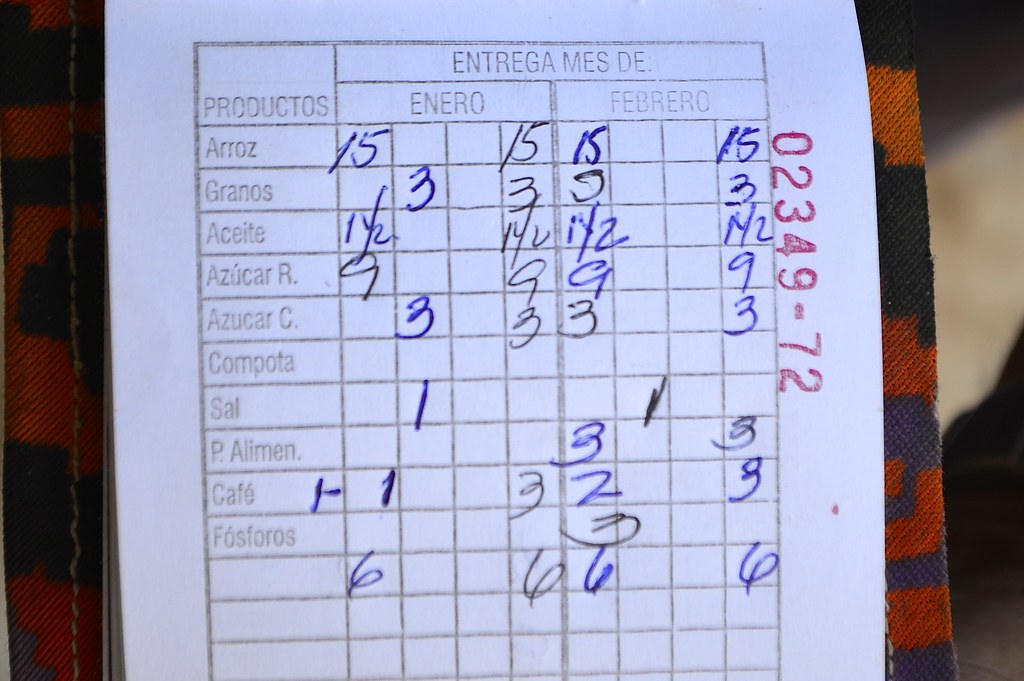“Next to bombing, rent control seems in many cases to be the most efficient technique so far known for destroying cities.” Assar Lindbeck (1971, p. 39)
- Lindbeck could have been describing the buildings – both housing and structures used for production – in Havana Cuba as they appear today. I saw buildings that were just piles of rubble. Others that were half standing, half rubble pile. Many others had major holes in the roof (in multi-story units, which are the norm in Havana, a hole in one family’s ceiling is often a hole in an above-neighbor’s floor). Frequently there is no external paint (perhaps they were painted in the 1950s). A rainy afternoon means that electricity will be lost and more homes will collapse.
- Automobiles have license plates that distinguish private from government owners. Private-owned cars appear to be a large minority of all cars.... The automobiles share the road with buses (almost always full with people), motorcycles and other small-scale motor vehicles, and horse-drawn vehicles. There are not many bicycles.
- Government permission is needed to have a boat. The fishermen’s boats are smaller than a normal rowboat and therefore too small to take far from shore (e.g., to another country). Most seafood has to be imported. This is a clear case where the regime has sacrificed productivity in order to exercise control over its people.
- People may own a computer and have it in their home. But, with the exception of doctors and some others, they cannot have internet access at home.... Smart phone ownership is common. People keep pictures on them, and also use them to view material that they downloaded at their previous hotspot visit.
- Cuban families receive a ration book that allows them to obtain food (for ten days a month?) at regulated prices in quantities according to the size and composition of their family.... We were told not to take pictures in the food stores. I visited one of them and was encouraged to leave because “it was not for tourists.”
- The usual calculations of average life expectancy put Cuba next to the United States (and Puerto Rico).... Based on what I saw, I am dubious that Cuban health is anywhere near what it is in developed countries. The people are short. I guessed that diabetes was high, and upon return home learned from the International Diabetes Federation web site that the prevalence of diabetes is high by worldwide standards.
Cubans commonly practiced almost every unhealthy habit. They ride motorcycles, they don’t wear seatbelts, and they walk in traffic. I saw a motorcyclist drinking a beer and driving by a policewoman, with no consequence. They eat lots of eggs. Cigarettes are cheap and people smoke. I doubt any of the vehicles would pass EPA emission standards. An oil refinery operates in Havana and spews out far more smoke than a stack in, say, Joliet IL. Nutrition was poor in the 1990s, when starvation was a real concern....
Perhaps the main effect of the Revolution was to change the way that Cuba reported life expectancy to international organizations.
- In order to make opposition more difficult, paper is scarce throughout the country. This is another clear case where the regime has sacrificed productivity in order to exercise control over its people.

